Part of the rhythm of seasonal living in my life, is enjoying The Wildly Preserved in the Winter months while waiting for fresh Spring Wild greens and Nature’s Wave to start rolling again.
Preserving wild food that you foraged for yourself is highly rewarding, financially beneficial and a great way to always have a pantry or freezer full of wild nutrition!
Wild food is something I am passionate about and preserving the Wild harvest is worth all the time and energy it takes to do. There is something kinda magical about opening a jar of Autumn Olive Berry jam on a snowy day in January to spread on a slice of Acorn Sourdough bread baked fresh from your frozen acorn stores…sending wild fruit leather in a care package, eating Milkweed shoot pickles with a Burdock hamburger, melting frozen wild butter rolls into hot pasta, roasting October’s Chestnuts in Christmas stuffing, or baking a frittata with last Spring’s Poke leaves….
This video is a short tour of my wild pantry and freezer…
The Wild Preserved Harvest.

Preserved to Herb Around in Winter
Saving some of the Herbing Around of Summer for the Winter months is another trick I’ve learned. After harvesting fresh berries in July and August and wild fruits in September I freeze or dehydrate them to process later into jams, syrups, fruit leather when I have more time. I just made syrups of my frozen wild Blackberries, High Bush Cranberries, Autumn Olive berries and then proceeded to take that sweet syrup and mix with the high pectin of my canned Crabapple sauce to make delicious fruit leathers.
Saving the work of destemming the bags and bags of dried leaves and flowers till Winter is another way to use time wisely. After drying bundles of wild leaves and flowers I put these bundles into labeled paper bags to store till I have time to destem them and store permanently in jars for wild comfort and healing teas
Other methods of preservation are:
Canning
Linda Runyon a famous forager who lived off the land for 13 years canned hundreds of jars of wild edible plants over a campfire and stored them in her underground ‘refrigerator’. I can’t even imagine! She had to provide for her family for the entire winter with only wild edibles preserved. Here is an excerpt from her book, “Eat the Trees”.
“Back in the 1970s, I had moved my family away from hectic, urban living to the peaceful and beautiful Adirondack area of upstate New York. One summer I happily foraged and harvested many wild edibles I found all around me. I gathered enough nutritious bounty that summer to prepare and can 420 mason and atlas jars of food in the form of pickles, wild berry jams and jellies, cattail inner piths, milkweed buds, and other edibles that were suitable for canning. I had already collected that many jars for that purpose, so all I needed to get were new lids. When I was done with that process I stored the jars in my handy, insulated, 9 foot refrigerator pit that we had dug on our property. That many jars filled the entire storehouse. I calculated that between those cans and additional wild foods I’d harvested, dried, and stored, we’d have an ample supply of food to last us through the winter and into spring. By then it would be time to harvest the early wild edible leaves, buds and blossoms that would herald the arrival of new wild food–my favorite time of the year.”
Pickling/Fermenting
Pickling is another food preservation method that requires soaking food in a mixture of vinegar, spices, and salt. Pickled food undergoes a fermentation process which maintains the texture of the food. Kimchi, salsas, wild sauerkrauts, kefirs, pickles are so easy to do and powerful gut medicine.
Drying
Dehydration can be done using low heat in an oven, a dehydrator or even using the warm sun. Linda Runyon used to dry her plant matter on the hat shelf in the back seat of her car. I have a 7 tiered dehydrator that I use for drying fruit leather and edible mushrooms.
Salting
Salt curing is yet another food preservation method. Salt inhibits the growth of food-borne pathogens by drawing-out moisture in food through osmosis. Since harmful bacteria, fungi, and other pathogenic organisms are deactivated, food stays preserved for months.” I am still experimenting with this and am excited about the possibilities of keeping wild greens fresh in a salty solution.
Freezing
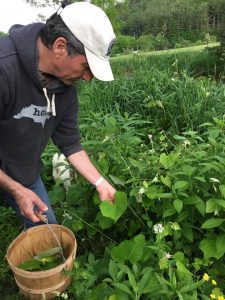
Freezing preserves and keeps food safe by preventing the growth of micro-organisms that can cause spoilage. Wild vegetables (shoots, buds, seed pods, the meatier part of a plant’s life cycle) requires blanching before they can be frozen. The blanching process stops the enzymatic degradation of the food resulting in loss of flavor, color, and textures. In addition, blanching helps retard the loss of vitamins.
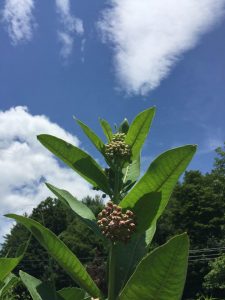
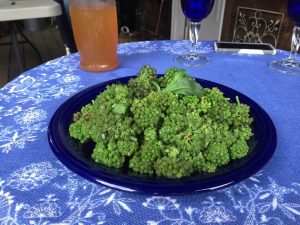
The Wild Apothecary
Wild medicines are powerful and they can be preserved with alcohol, glycerins, vinegars and water ratios to extract various healing constituents. Creating these medicines as soon as the plant is harvested and then shaking them daily in a dark closet till they have infused enough to decant and store for future use. This little storage area below my stairs is an empowering sight. I am so grateful for the wise gifts provided by our Creator that grow all around us.
My Wild Blessing Cookbook
Recipes for all things wild will be in my upcoming Wild Blessings Cookbook and many of them can be found here on my website under Resources – Cooking. I am so excited about this project and hope to have it available for sale next Fall. All my international wild menus will be brought to life for ease of imitating and tweaking to your liking. I will take you in to the fields to forage and then back home to clean, garble, prepare and cook into a wild food feast. The secret to desirability is all in preparation!
A Winter Wild Feast

As I type this blog it is March 11 and I am eyeing the baby Spring greens that are springing up at my feet and new ideas of how to add fresh wild greens to our diet are making my stomach growl! Of course, I will be intentional to preserve many wild gifts in each stage of it’s life cycle.
If you are interested in learning how to surf Nature’s Wave with me and store up the bounty… then join me at my private Wild Blessings w/ Holly Drake facebook group. Every Tuesday from 11-12 EST I teach a Wild Blessings Class called, Teaching Tuesdays. Each class is kept at that private FB group indefinitely so you can watch at your convenience.
Wild Blessings Abound!
Holly
“We look to You to give us our food in due season, You give to us we gather it up, You open Your hand and we are satisfied.” Psalms 104:27,28
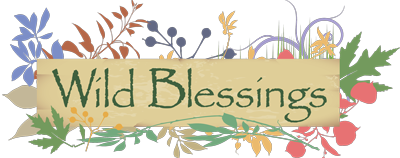
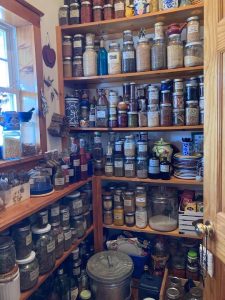
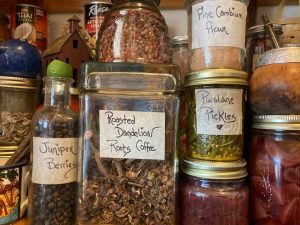
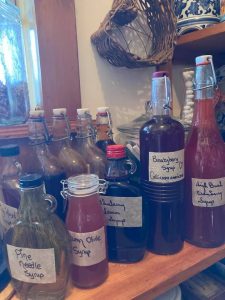
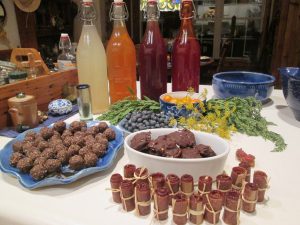
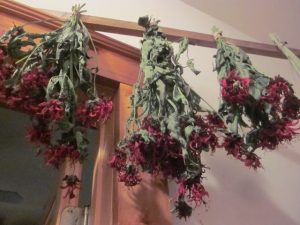
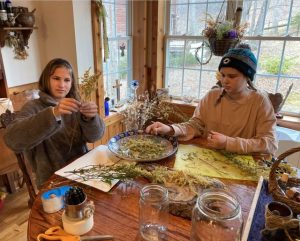
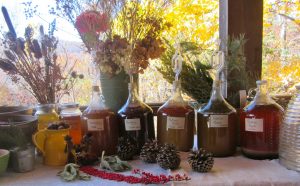
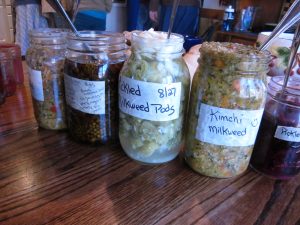
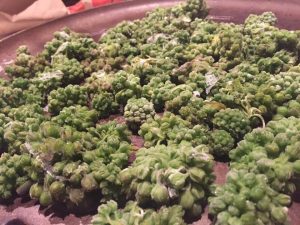
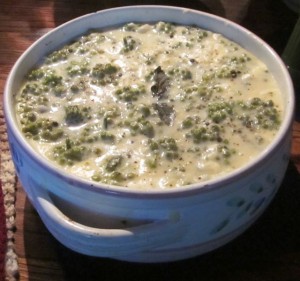

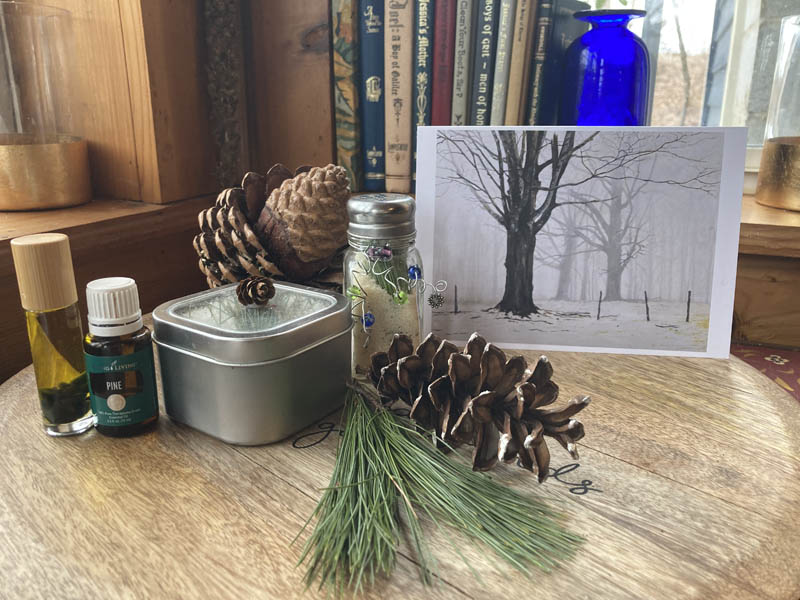

Leave a Comment